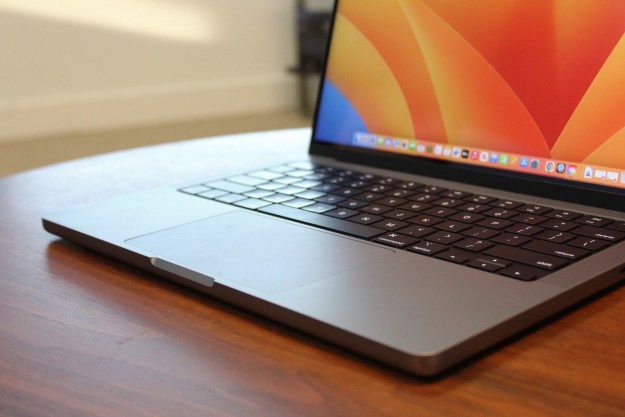
EMC’s Retrospect backup software has long been a major player for all levels of users, from everyday folks just looking to safeguard their personal data to small businesses and enterprises looking to back up small (and large!) herds of machines. The application backs up intelligently—only one copy of a file gets stored, no matter how many copies of it might live on a network—, supports incremental backups (so you can restore systems to any given snapshot, or retrieve long-deleted documents), offers great reporting, supports a wide variety of media and data types, and features powerful, flexible scripting so users (or administrators) can make sure the data the want backed up is backed up at the right times. But while Retrospect 7 for Windows was at least a competent product, Mac OS X users were stuck with Retrospect 6—which lacked support for features Apple introduced into its operating system years ago—ironic, since years ago the Mac version of Retrospect used to be one of the most reliable ways to back up Windows machines. As a result, Mac users have abandoned the product in droves, and while there are workable backup solutions out there for individuals and businesses (including Apple’s own Time Machine backup in Mac OS X Leopard), none really rise to Retrospect’s level of sophistication.
So, it is with some fanfare that EMC is announcing Retrospect 8…for both Windows and Mac OS X. In development for nearly five years, Retrospect 8 has been rebuilt for the Mac from the ground up, and brings and an all-new dashboard to Mac users…and, given the plethora of backup products on the market now aiming at everyday users, Retrospect is aiming squarely for the high end: professionals, businesses, and enterprises with more sophisticated backup needs, including remote management, public/private key authentication, server backup, and the capability to run several tasks at one, including backing up some computers while restoring others.
For the Mac, Retrospect 8 has been redesigned using an interface similar to iTunes or Mac OS X Server administration tools, and for the first time brings a dashboard interface to administrators so they can easily manage scripts, media sets, clients, logs, and scripts from a single window. Retrospect can back up both local and network drives as well as remote clients, and can stage backups to local hard drives for laver transfer to tape or other media. Retrospect 8 can also stream backup data to multiple disks or storage systems, offers improved table library barcode tracking, customizable reporting, improved notification services (for warnings, status, and media requests), and AES-256 encryption of backup data. Retrospect 8 also supports multiple network interfaces and a wake-on-LAN feature to wake sleeping systems for backup.
Retrospect 8 will be available in three editions—Desktop, Single Server, and Multi Server. The Desktop Edition will carry a suggested price of $129 ($59 upgrade) and will support up to three clients (which includes virtual machines). Additional clients will be available for $39 each, or $149 for a five-pack. The Single Server edition will be $809 new or $539 to upgrade from Retrospect Workgroup edition, and will back up an unlimited number of networked Mac, Linux, and Windows systems using a single Retrospect server. Finally, the Multi Server Edition will run $1,669 new ($949 upgrade from Retrospect Server edition), and will back up an unlimited number of clients to multiple Retrospect servers. Both server editions come with one year of support and maintenance.
It’s good to see EMC finally bringing Retrospect back to the Mac in a powerful way; we just hope Retrospect 8 lives up to its predecessors’ storied history.
Editors' Recommendations
- How to customize mouse gestures on Mac
- How to find a Wi-Fi password on Mac
- Does your Mac need antivirus software in 2024? We asked the experts
- Don’t download the latest macOS Ventura update just yet
- How to select multiple files on a Mac


